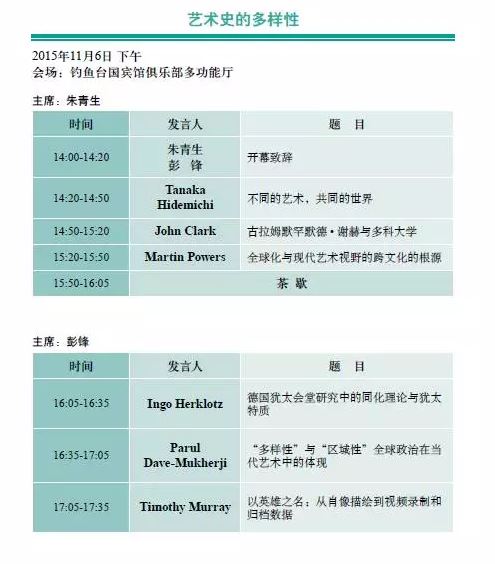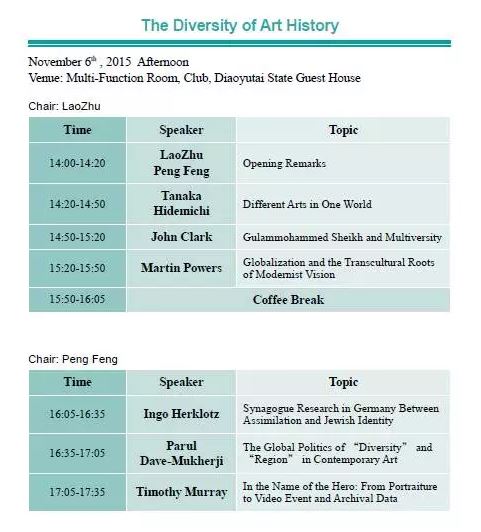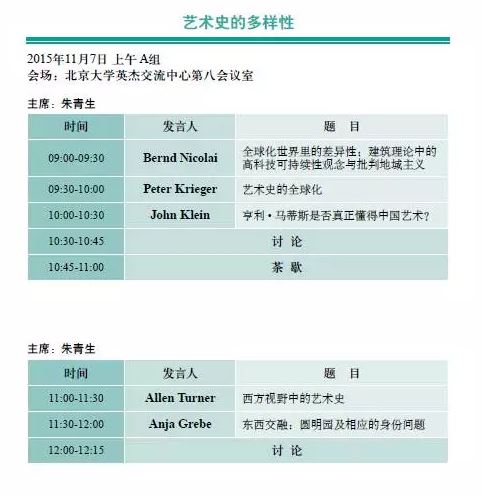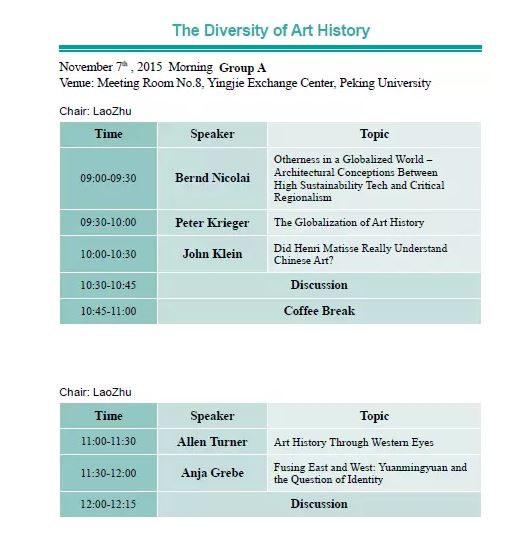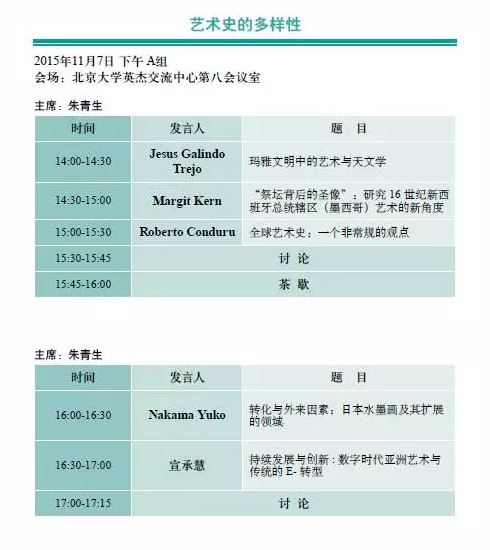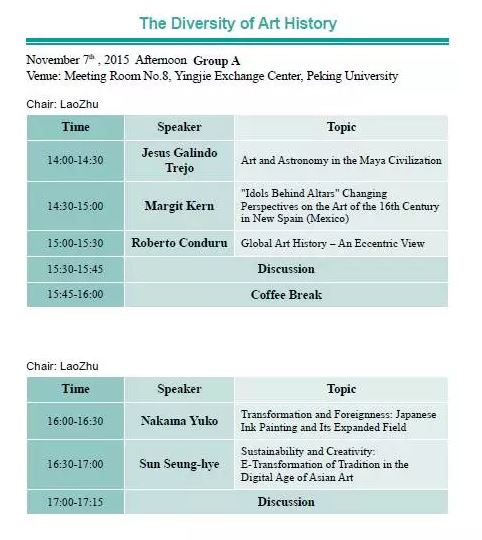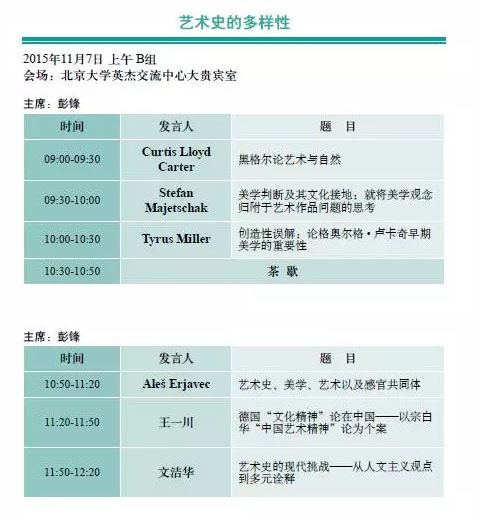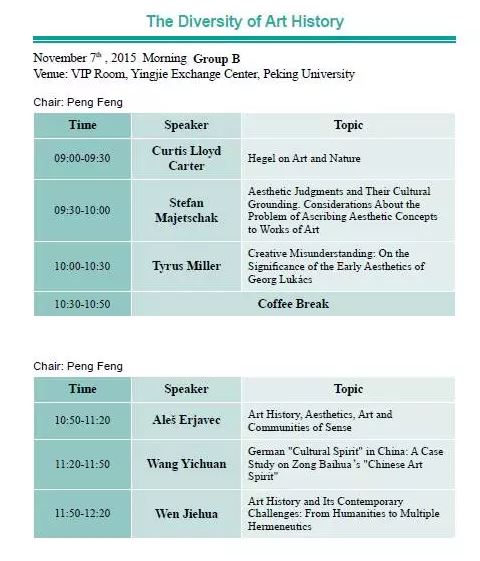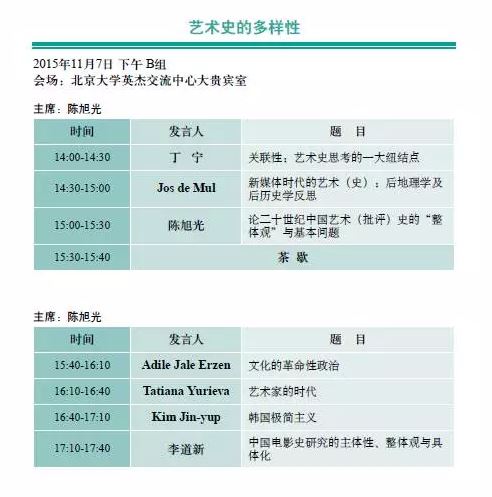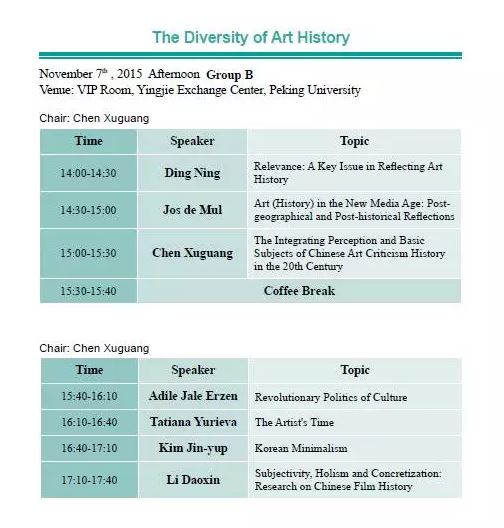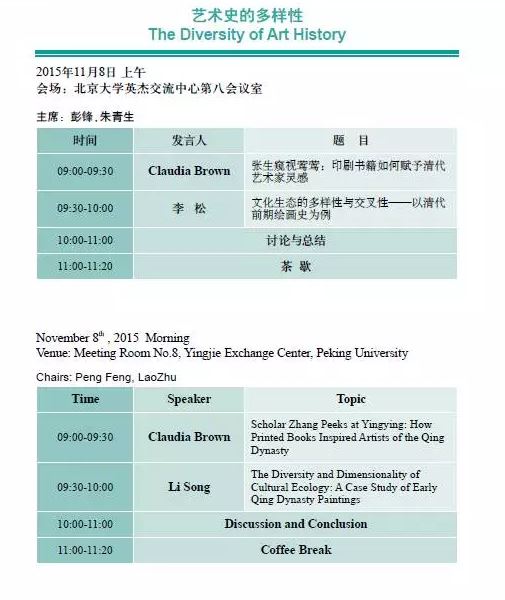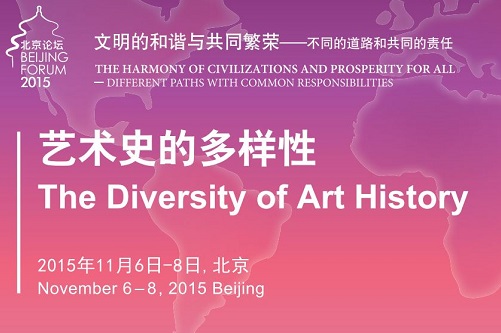

藝術史的多樣性體現在多個方面,可以從多個不同維度來進行觀察和分析。本分論壇擬從藝術門類,藝術地域及藝術的傳統與現代等幾個維度來深入探討藝術史的多樣性特征:
(一)多元化的藝術史敘事新格局
藝術史通常指的是美術史⛹🏽🫅🏻,尤其是基於歐洲中心主義的美術史。藝術史的多樣性🤽🏽,一方面指的是對歐洲中心主義的突破👀,另一方面指的是對美術的突破。前者呼喚不同藝術傳統之間的對話,後者呼喚不同藝術門類之間的協作。無論是不同藝術傳統之間的對話還是不同藝術門類之間的協作🤱🏻♝,最終目的都是增進人類對藝術的理解。
隨著全球化的深入發展👨🏿⚕️,歐洲中心主義的藝術史遭到來自其他文化的藝術史敘事的挑戰,藝術史研究形成了多元文化對話的新局面。中國有獨特的藝術傳統,相應地形成了獨特的藝術史研究方法。中外學者的對話,會促成藝術史研究領域的跨文化合作🫚,有可能形成新的全球藝術史敘事。
在中國,藝術不僅指美術,也包括音樂、舞蹈👁、戲劇、電影等藝術門類。但是,受西方影響的藝術史研究,主要指美術史研究,音樂史🧕🏽、舞蹈史、戲劇史、電影史等研究被排除在藝術史研究的範圍之外👼🏻🧝♂️。藝術領域中的這種分門別類研究🤗,實際上是西方現代性的產物。當代藝術實踐中的媒介融合趨勢,突破了藝術門類之間的壁壘,進而呼喚一種跨越門類的藝術史研究👂。
將藝術史研究從歐洲中心和美術中心中解放出來,必定會促成不同藝術傳統和不同藝術門類之間的合作,進而形成多元化的藝術史敘事的新格局🙏。
(二)不同的藝術、共同的世界
在“不同的藝術、共同的世界”這個問題上有兩個追問☁️:
第一👅🚴🏿♂️,中國藝術有哪些是西方引進的藝術,有哪些是自己原有的藝術。在原有的藝術中,那些被用西方的藝術史方法描述和研究過,哪些部分無法用西方的藝術史方法描述和研究🙋🏿♀️?這是針對歷史舊賬而言。
第二,西方傳統藝術被現代藝術改變之後🫴🏽,西方藝術史針對圖像和意義的解釋並不符合當代藝術的事實(藝術改變了),圖像和信息時代的來臨已經改變了藝術的定義和範疇,意昂2還能用西方藝術史研究已經變化了的藝術嗎🪶?無論這種藝術發生在什麽地方意昂2都應該建造一種新的藝術史和藝術學🤝,這種藝術科學不是以文化或國家作為他的分界,而是以全球範圍各種全新的,創造性的對藝術的自由理解的差異性作為人類文化差異的基礎⛹🏽♀️,是選擇的差異、自由決定的差異而不是文化身份和地緣政治對人的限製而形成的差異(雖然事實上藝術依舊在這種限製中)。這是針對當代問題而言🌳。
如果說第一個追問還與各個民族、國家的歷史傳統有關,第二個追問則是全球時代藝術史的共同問題,是圖像時代和信息時代人的自由和創造性的延伸。
擬分為以下幾個分議題🔽👩🏻🔧:
●傳播與接受:此議題關於在世界範圍內不同藝術文化之間的傳播。研究藝術是如何以新的傳播方式為其手段,擴展其價值與感覺的影響,從而轉變和擴展原來的趣味格局,並形成新的表達形式。不是文化之間相互看待,也不是相互理解和接受🧛🏽♀️,而是“傳”和“播”。
●他者與陌生:此題針對如何看待和評價一個外來的和陌生的藝術的問題。在世界範圍內由於各種特殊的歷史原因💂♀️,每一個文化都遭遇到一個外來的陌生的藝術🫵🏿,甚至在一個文化內部也有對於不在文化中心和不在傳統體製內的“外來”和陌生的藝術。
●誤解與曲用🧘🏽:此題側重在藝術史中誤解和曲解,以進一步研究如何接受異文化和外來文化和少數非正統、非傳統文化的問題。
The diversity of art history is multi-faceted and can be observed or analyzed from many perspectives. This panel session aims to discuss this diversity from various viewpoints in the art fields: types of art forms, regional art,traditional and contemporary art, etc.
1. The Diversity of Art History
"Art history" is a term often used to refer to the history of the visual arts in an Eurocentric context. The implication inherent to "art history's diversity" suggests putting an end to Eurocentrism, to encourage conversations between different art traditions. It also proposes a wider meaning to the concept of art, and advocates communication between different types of art forms. The ultimate goal of both these conversations is to enhance the overall human understanding of art.
With the expansion of globalization, Eurocentrism has started to be challenged by other cultures’ narratives on art history, and a new multicultural dialogue has been initiated within art history studies. Chinese artistic tradition is unique, and needs unique research methods. Communications between Chinese and foreign scholars will contribute to intercultural cooperation in art history research, and will undoubtedly form a new narrative on global art history.
In China, art not only refers to visual arts, but also includes music, dance,theatre, and film. However, art history research, influenced by the Western world, mainly refers to the study of the history of visual arts, excluding studies on the history of music, dance, theatre and film. This classificationis really the product of Western modernity. An increased interest for multi media in the practice of contemporary art breaks barriers between different art forms, calling for a new approach in the study of art history.
The emancipation from both visual arts and Eurocentrism will definitely contribute to a cooperation between different artistic traditions and different art forms,and will lead to the diversification of narratives within art history.
2. Different Arts in One World
Two questions need to be answered:
1)How can we differentiate art imported from the West, and "native" traditional Chinese art? Within the latter, what can or cannot be defined and studied with methodologies borrowed from Western art history?
2)Modern (Western) art movements have challenged classical art theories and practice, and the Information Age has greatly transformed the definition of art. This has led us to question the validity and the efficiency of traditional art methodologies (such as iconography) to interpret new art forms. As aresult, we should initiate a new chapter in art history that would allow for abetter understanding of contemporary art forms, and that would not berestrained by cultural, political or geographical borders, but would embrace current and global perspectives. Differences in art come from differences in the comprehension of art, and the artists' choice of an art form should not bebound by cultural or political limitations.
● Transmission and adoption: survey of the proliferation of various art forms on the global level. The study of art must be done through new ways of transmission, and expand the part it may play in both economics and awareness so that it may transform and broaden original appreciation patterns and shape a new voice. It is not about approach, understanding or appreciation but about transformation and diffusion.
● Otherness and foreignness: an exploration into the strangeness and unfamiliar aesthetics of “foreign” art. Various historical reasons lead all world's civilizations to eventually encounter "foreign" art, but acceptance or rejection depends on each culture’s own perspective: either enjoyment of a foreign culture’s novelty, or rejection and resistance to foreign ideas and influences caused by cultural inertia.
● Misunderstanding’s fertile ground: a focus on misunderstanding and misinterpretation in art history, and how accepting foreign and unorthodox cultures is not a traditionally raised issue.

